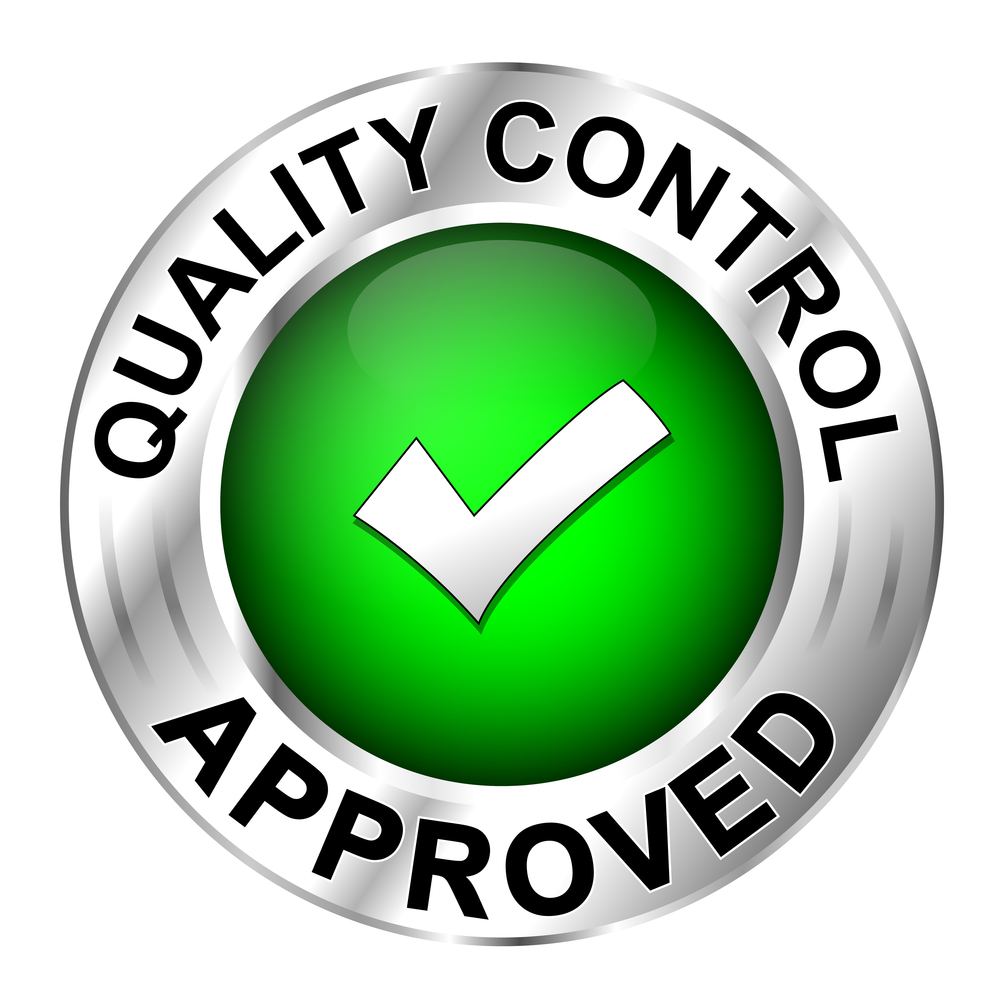
This is the third and last article in the series, based on the detailed report The State of Quality Inspections in the Global Supply Chain: 2018 Edition by Sourcing Journal & Inspectorio, about the current quality level of fashion and the optimizations that must be implemented in the controls to improve it. Of course, before reading on, I recommend you read the two preceding articles: Quality in Global Fashion Supply & Quality Inspections from the Middle Ages.
In the link you find at the end of the article, you can download for free this incredible report that not only describes perfectly the current state of the quality level of fashion and quality controls but concludes by telling us what must be done, with the help of new technologies, to take the process of inspection off the Middle Ages, update it and take it to the next and desirable level of efficiency. It is no longer just a matter of detecting problems. Once detected, corrective actions must be taken to solve them and not repeat them in the future.
Quality is designed.
When respondents were asked to rate the process and procedures of quality inspections of their own company and factories, professionals awarded 6.8 out of 10 possible points.
One of the most important conclusions of the analysis is that the entire product development team, in most fashion organizations, does not work together and does not oversee the process. In addition, the sourcing team, often at the sourcing location, must solve individually the problems related to time and speed-to-market.
Final performance in terms of quality and compliance is reported without reference to previous decisions and procedures. However, we all know from experience that those results are essentially dependent on them. To achieve the best performance in quality, it must be conceived from the moment the pencil touches the paper to begin the design of the collection.
Quality is corporate or nothing
The strong dependence that exists between the objective of improving quality and the need for this goal to be shared by the entire organization and truly corporate, implies that fashion companies must consider the attribute “quality” differently. Instead of conceiving it as something that must be controlled at the end, it must be incorporated from the beginning as one more feature of the product. Fashion brands must be guided by total quality management versus quality inspection. True and effective quality management involves interacting with the design team, checking the characteristics of the product at the beginning, before starting production- Factory meeting- collaborating with the factory to ensure that there are no obstacles and preventing problems so that manufacturing and delivery are quick and efficient.
In order to improve quality and its control, it is necessary to ensure that adequate measures are taken throughout the production process and not wait until the end of production, when the manufacture is rushed and the standards of the controls and of the parties involved, are reconsidered under that objective and based on the unquestionable need to send the goods within the agreed deadlines. The following are important: planning, foresight, transparency of information between the parties involved in the process and that the deadlines for product development – pre-production – and manufacturing are realistic.
At this point I suggest you read two articles that I am convinced will be very valuable. The first of them is a free e-book that exhaustively describes the fashion pre-production process: Pre-production standards and processes & Quality and recycling for a responsible textile industry.
Areas in which to innovate with new technologies.
Faced with this problem, the professionals surveyed identified several areas in which the fashion industry should improve through the innovation provided by new technologies.
The area most in need of innovation is that of corrective action plans (55%) which, it is assumed, guarantee that the problems detected today will not occur again in future productions. This is not only about detecting the problems of current productions, but the most important goal is to find solutions to them so that they are not repeated in future productions.
One of the professionals surveyed expressed what is happening today: “The industry is more focused on auditing results than on continuous improvement“. Another noted, “Much of the industry is transactional rather than strategic. This makes it difficult for manufacturers to invest more, whether in technology, equipment or young talent”.
In the eyes of the respondents, the following areas and processes should also be enriched: inspection transparency (51%), data analysis (46%) and data dissemination (44%).
Transparency and data analysis.
Transparency and traceability of the quality control process are some of the most missing and necessary characteristics. With respect to the available information, the stakeholders requested better reports that allow the analytical data of the inspection reports to be consolidated and clear patterns and trends to be established. It is precisely in this cycle of the process where artificial intelligence (AI) intervenes, analyzing the large volume of information generated by each control and through optimization algorithms they communicate to manufacturers the corrective actions they must apply to their structures and processes.
Concerning data analysis, less than 20% of respondents were comfortable with the level of data analysis available, so this is an area that clearly needs innovation.
Middle Ages vs. geolocalized and monitored inspection.
Despite the incidence and the level of change that technology is generating in all other areas of the fashion and textile sector, incredibly 43% of the industry still depends on pencil and paper – yes, what you read is correct! – to carry out the quality inspection process in the factories. Until now it was a very old-fashioned process with notes on paper that were then photographed or passed on to Excel. This leads to 52% of respondents classifying this manual process as either challenging or extremely challenging and in great need of optimization.
The technological trend indicates that the fashion industry could benefit from real-time data. Inspections will become fully automated. In this way, the inspector uses his mobile and with a real-time interface detects the problems and communicates them to the responsible professionals instantly in order for them to be warned if things are going well or not and define solutions and next steps.
Information communication.
The e-mail is at the top when it comes to communicating inspection results: 98% of respondents use it. Excel or similar spreadsheet programs received the best score (90%) for data analysis. 52% use FaceTime or some form of video conferencing as the next most popular means of communication. 35% of respondents use cloud-based systems such as PLM and ERP and 37% use them for data analysis.
Optimization of quality inspections.
Although the report revealed that there are many areas that need optimization to make the quality control process more efficient, 50% of professionals surveyed said that their companies currently have active projects and they are implementing these necessary changes.
For those organizations and fashion brands that invest resources in improving quality control, the focus is equally on improving product speed to market by 75% and product quality by 73%. Being more innovative is the goal for 62% of respondents. And for 53%, the goal is to improve access to and use of data. As noted, “centralizing information would dramatically improve operations and transparency“.
Areas where industry should invest: Improve speed to market 75% | Improve product quality 73% | Foster transparency 43% | Access and use data better 53% | Adopt more innovations 62% | Readapt for smaller orders 28% | Development for more customization 38% | Other 3%
Bottom line.
The new generation of today’s consumers – See Now-Buy Now – is price sensitive and has little brand loyalty. Countless times they are motivated to buy the item or model of the day, which their favorite social influencer is using or recommending, which means that the model must be immediately available for sale. Faced with this situation, fashion brands have trouble finding a balance between price and speed, without excluding quality from the equation.
Today, the industry recognizes that quality control must be more and better integrated throughout the process of developing and producing the fashion item. As progress is made towards this goal, last-minute problems affecting production can be reduced. In addition, companies are working hard to improve transparency, make data analysis more reliable, and innovate processes that are currently manual through automation and robotization.
As professionals in the sector committed to innovation, we firmly believe that those retail brands and organizations that take care of improving the quality of their products will be those that stay in business and gain market share. Without a doubt it will!
Download the report “The State of Quality Inspections in the Global Supply Chain: 2018 Edition By Sourcing Journal & Inspectorio” here
This download is only available to registered users.
If you are already registered or want to join click here











































